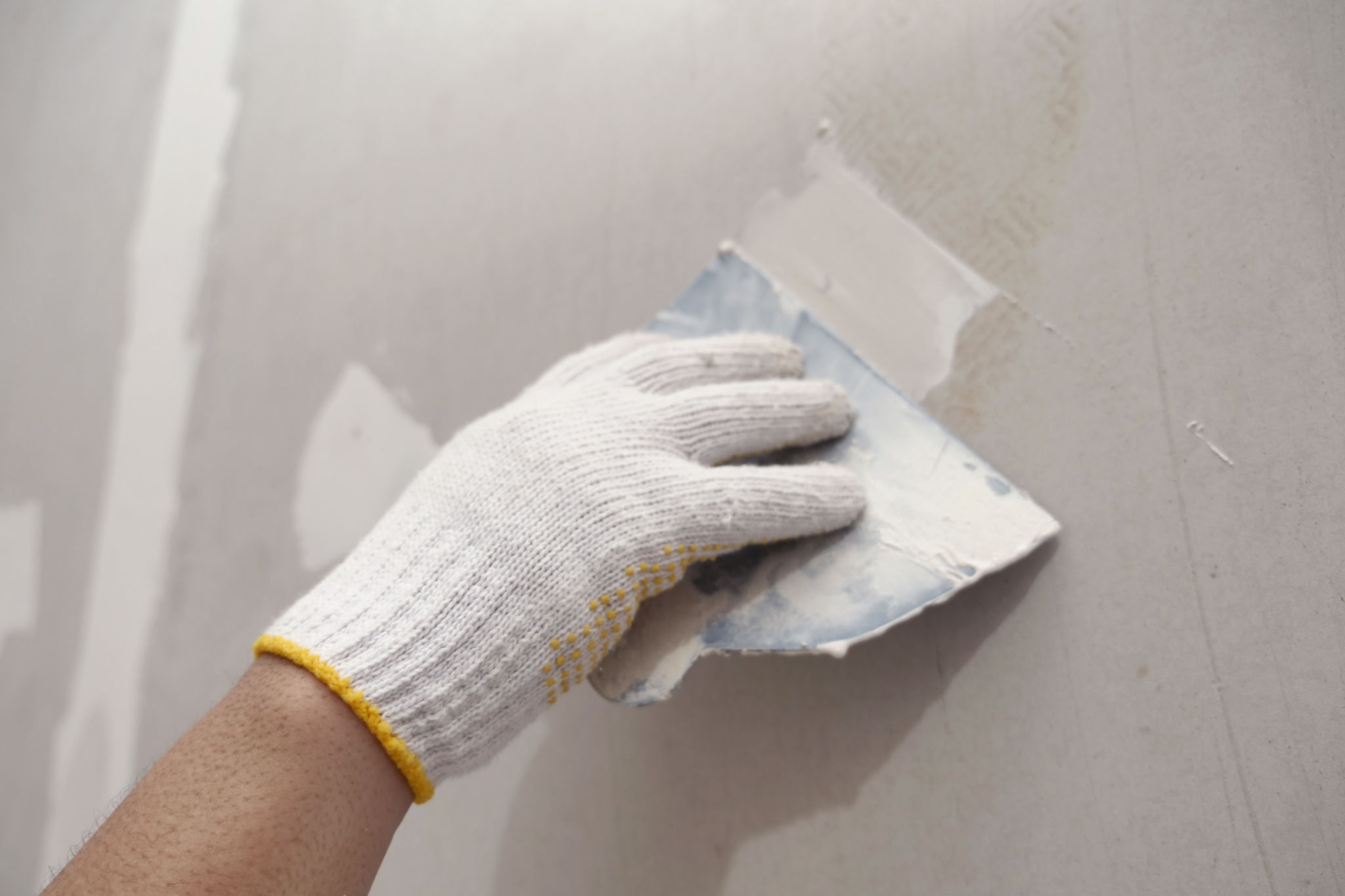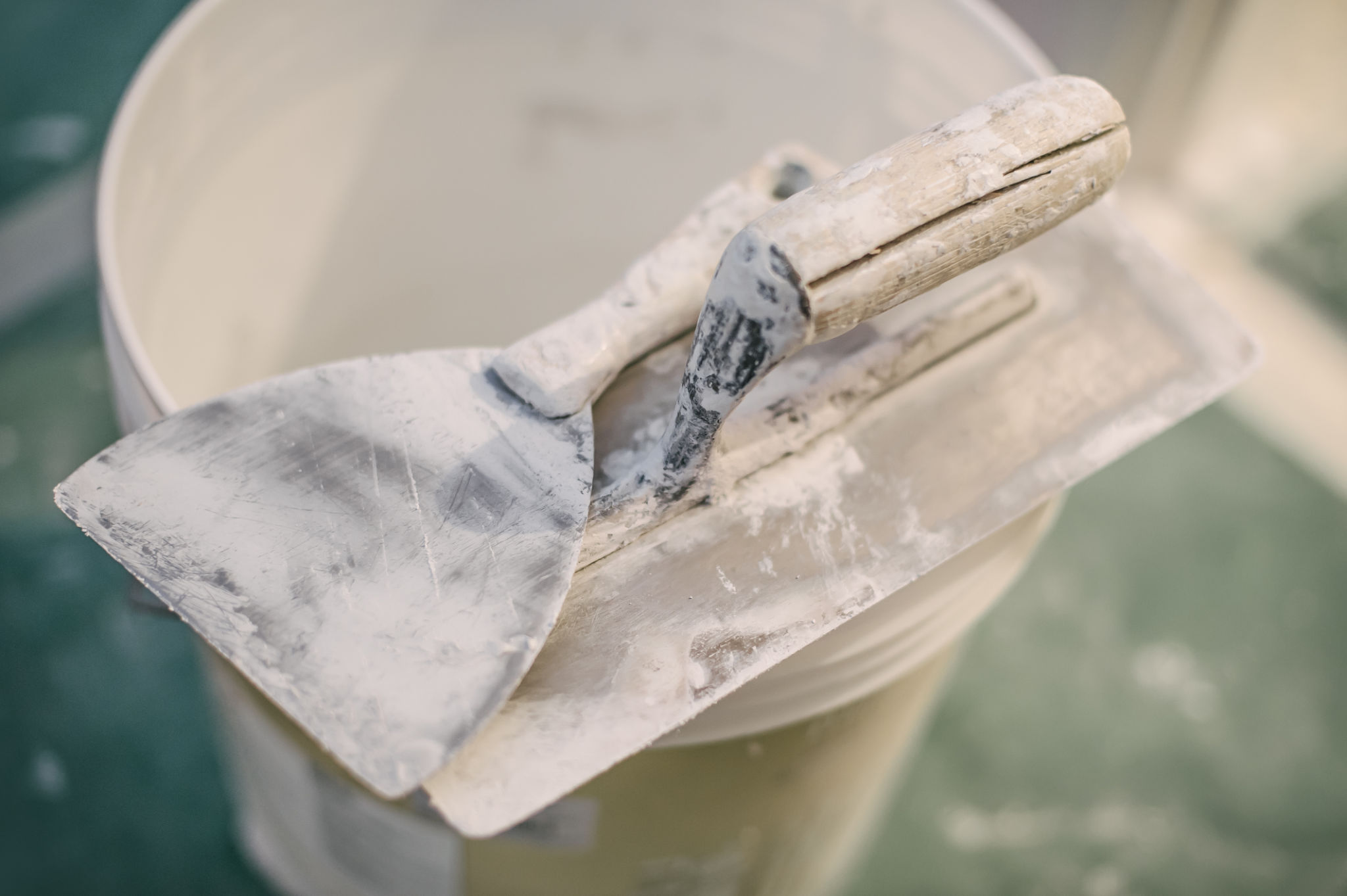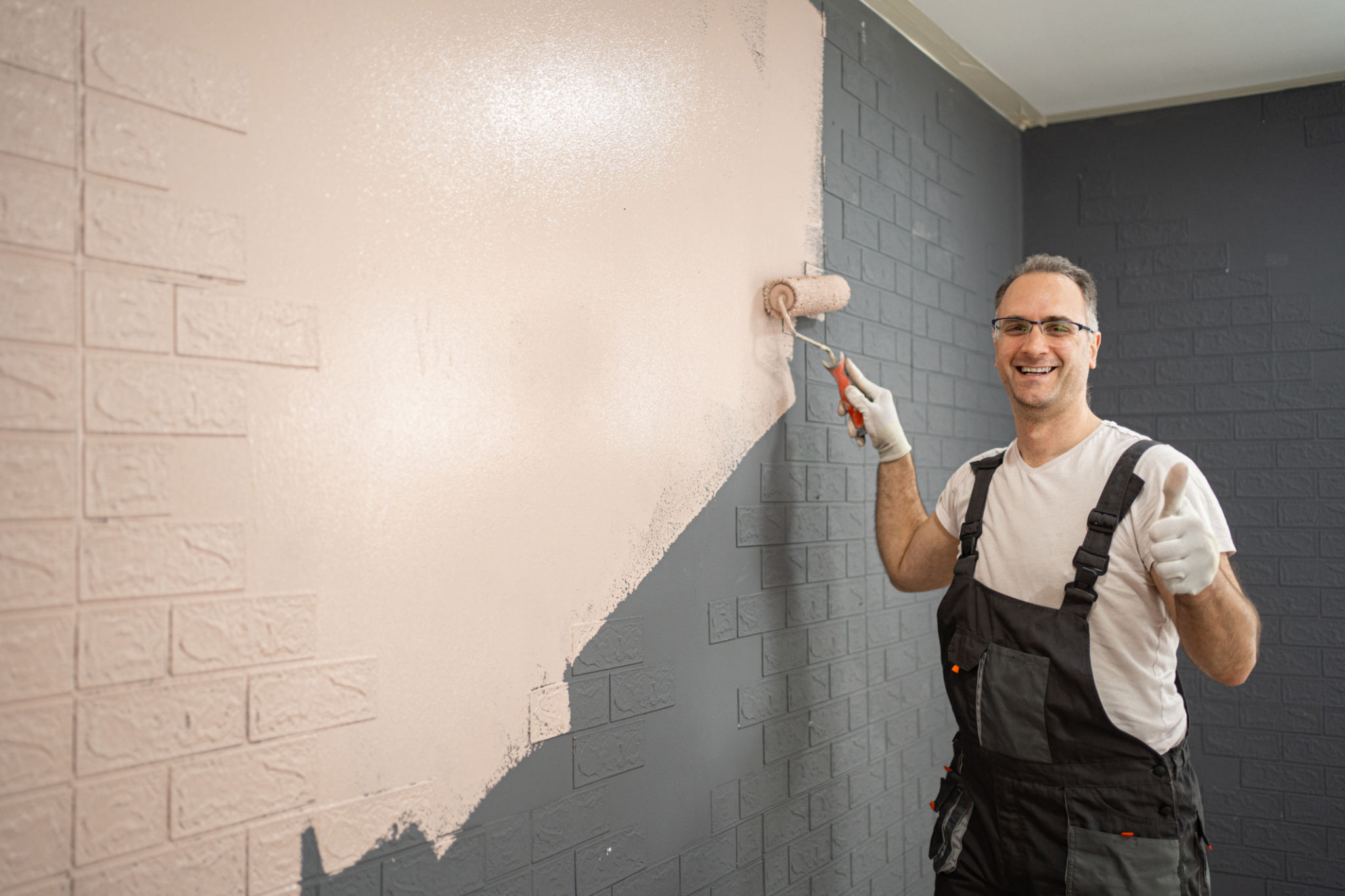Common Drywall Repair Mistakes and How to Avoid Them
Understanding the Basics of Drywall Repair
Drywall repair might seem straightforward, but even experienced DIY enthusiasts can make mistakes. Understanding the common pitfalls can save you time and improve the quality of your work. Here, we will explore some frequent errors and how to avoid them, ensuring a smooth and professional finish.
The first step in any repair project is preparation. A common mistake is failing to properly prepare the surface before applying compound or paint. Dirt, dust, and loose material can prevent new compound from adhering correctly. Always clean the area thoroughly and ensure it is dry before starting your repair.

Choosing the Right Materials
Using Incorrect Drywall Compound
Not all drywall compounds are created equal. A frequent error is using the wrong type of compound for the task. Lightweight compounds are great for patching small holes, but they may not be suitable for larger repairs that require more strength and durability. Ensure you choose a compound that matches your specific repair needs.
Poor Quality Tools
Another mistake is using poor quality or inappropriate tools. Investing in good quality drywall knives, sandpaper, and brushes can make a significant difference in the outcome of your project. Cheap tools might lead to uneven surfaces and additional work down the line.

Application Errors
Over-Sanding
While sanding is crucial for a smooth finish, over-sanding can cause more harm than good. It can lead to uneven surfaces and even damage the surrounding drywall. Sand lightly and check your progress frequently to avoid removing too much material.
Skipping Primer
Many people skip the priming step, thinking it unnecessary. However, primer is essential as it seals the compound and provides a uniform surface for paint. Skipping this step can result in a patchy or uneven paint job.

Finishing Touches
Ignoring Texture Matching
Matching the texture of the repaired area with the existing wall is often overlooked. This can make repairs stand out rather than blend seamlessly with the rest of the wall. Take time to recreate the original texture, whether it's smooth, knockdown, or any other finish.
Poor Painting Techniques
The final coat of paint is where many DIY repairs fall short. Using the wrong paint finish or color can highlight repairs rather than conceal them. Always use quality paint and apply it evenly with the appropriate technique to ensure a flawless look.

Conclusion
A successful drywall repair requires attention to detail and patience. By avoiding these common mistakes, you can ensure your repairs are not only effective but also aesthetically pleasing. Remember to take your time, use the right materials, and focus on achieving a professional finish that enhances your space.